Inchnadamph is on the shore of Loch Assynt, at the point where the burn known as the Traligill enters the loch. The hamlet consists of only a few houses and a small kirk surrounded by high hills and impressive limestone crags. The Durness limestone along the course of the Traligill, a name that translates as troll burn, has resulted in some distinctive landforms and plant life. Follow the burn inland and you will find caves and a section of dry riverbed where the burn disappears into the ground due to the action of water dissolving the limestone over eons.
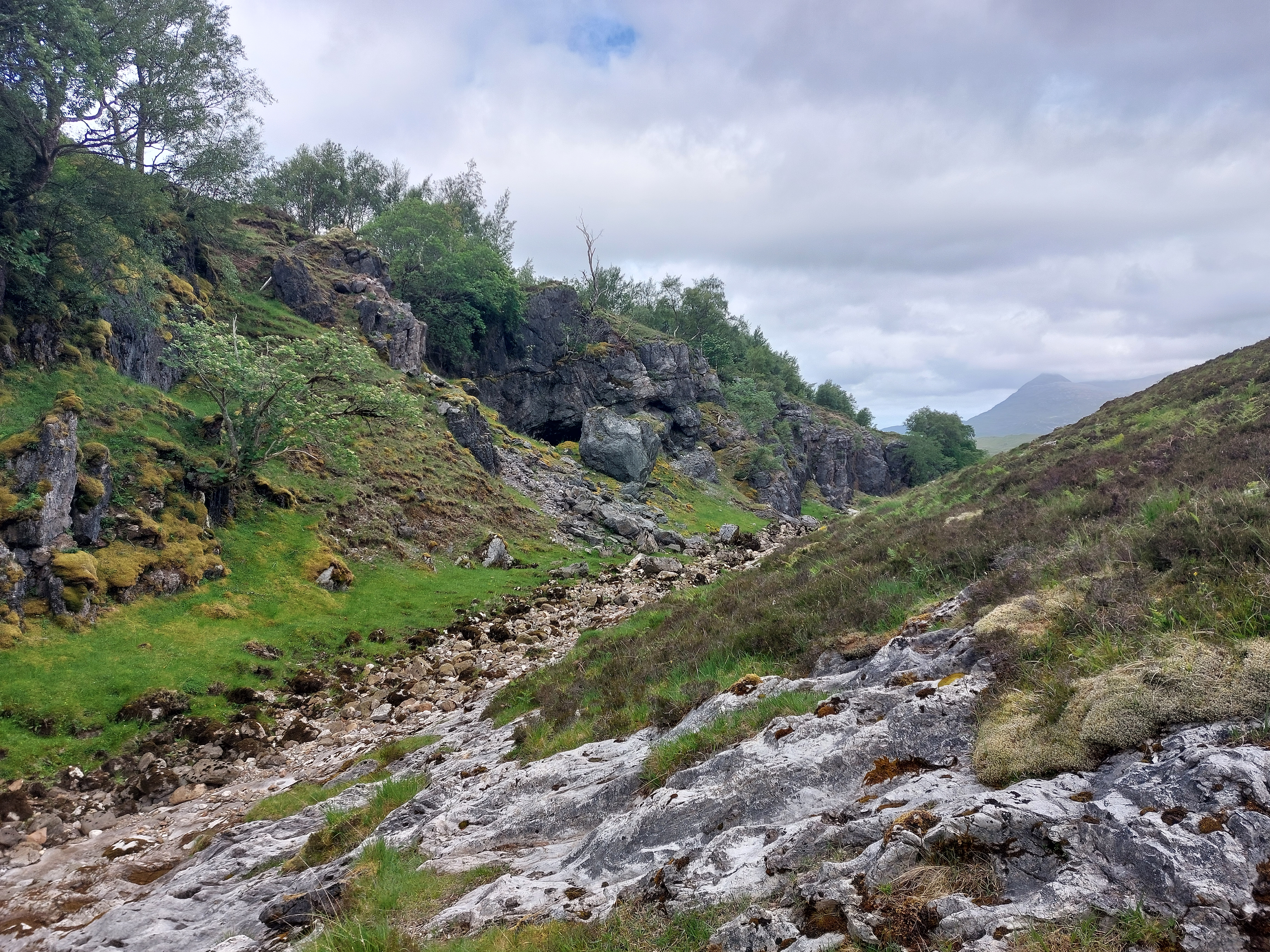
The area is internationally important for geology and is part of the North West Highlands Geopark. But the Traligill is also remarkable for its wych elms (Ulmus glabra). This native elm is a hardy tree with a distinct liking for limestone. There are good numbers of elms on the crags that line the burn, often sprouting from the sheer rock in what seems like a gravity defying manner. These trees are a rare survival. They have been restricted to inaccessible places by the high numbers of deer that have been allowed to develop in the absence of their natural predators, something that is a familiar story and an ongoing problem holding back the regeneration of upland woodland. The elm is so palatable to herbivores it was once regularly lopped by farmers to produce so-called leaf hay for their animals.
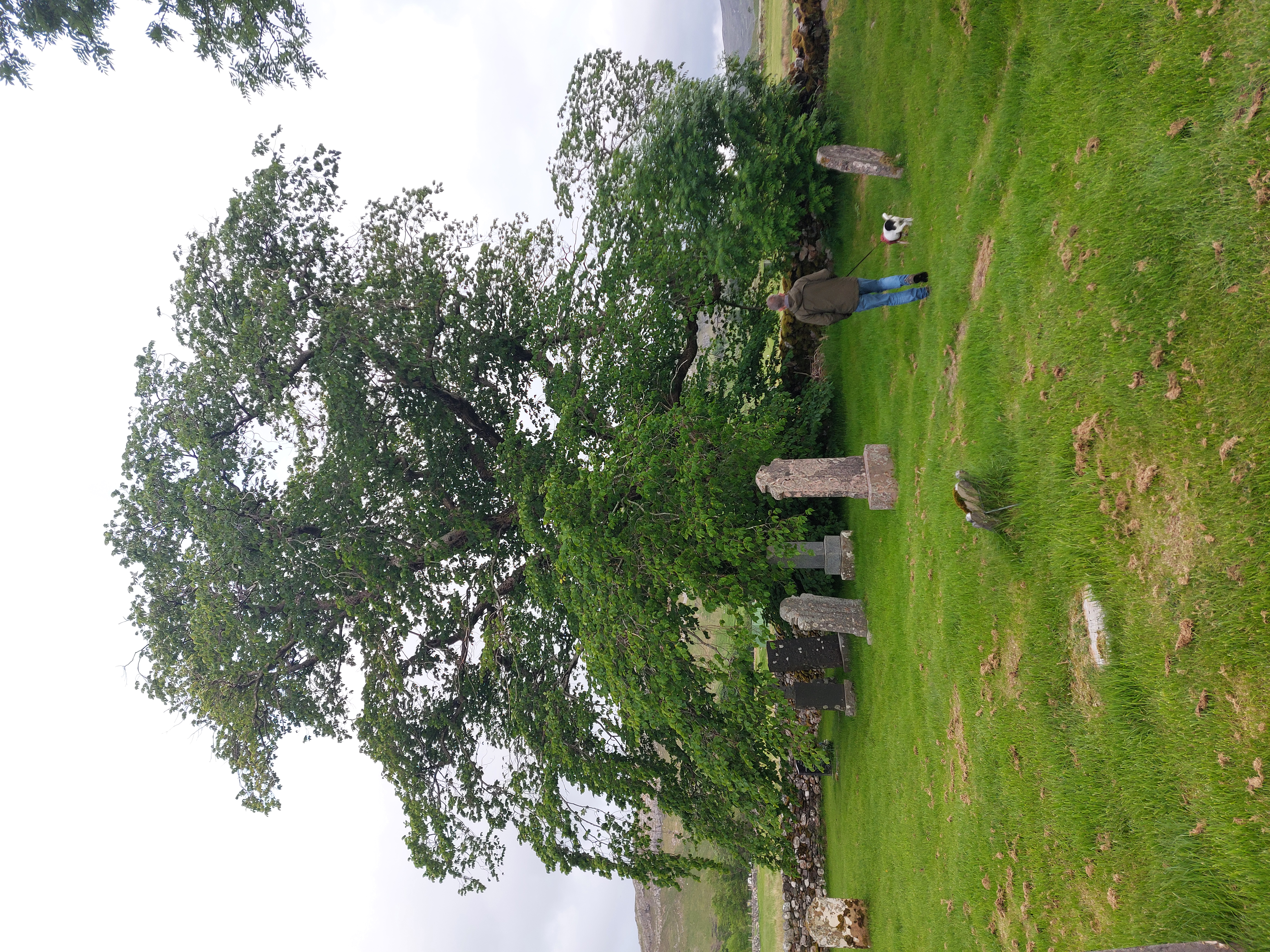
More unusually, these elms are also survivors of a fungal disease called Dutch elm disease, but only because the disease has not yet reached the area. Disease is now perilously close in Ullapool, only a few miles to the south, and its arrival and control is being planned for by local people who love their elms and want to protect them.
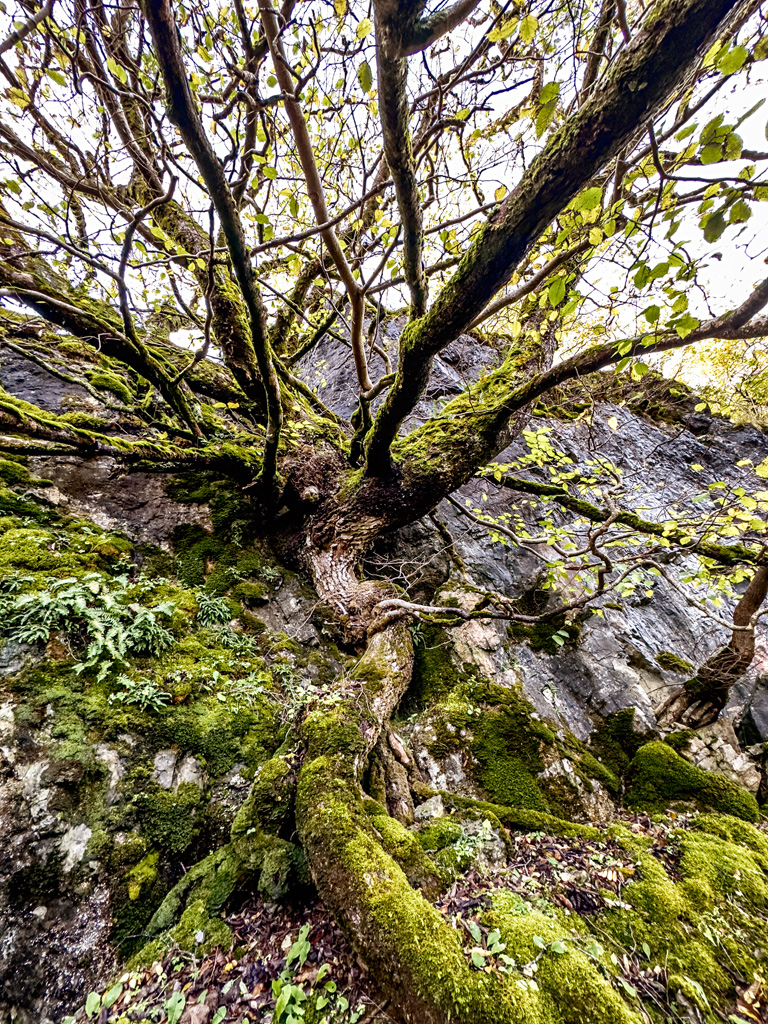
The local community is raising awareness of the plight of the elms and I joined an event on 1 June that included a display of images taken by photographer Chris Puddephatt. Chris is recording the elms of Assynt through a year and his images in an online gallery reveal the extraordinary diversity of form in this often overlooked tree. As only about 1 in 100 elms will survive when disease arrives the sheer number of big elms in Assynt is a delight to the heart of the elm hunter.
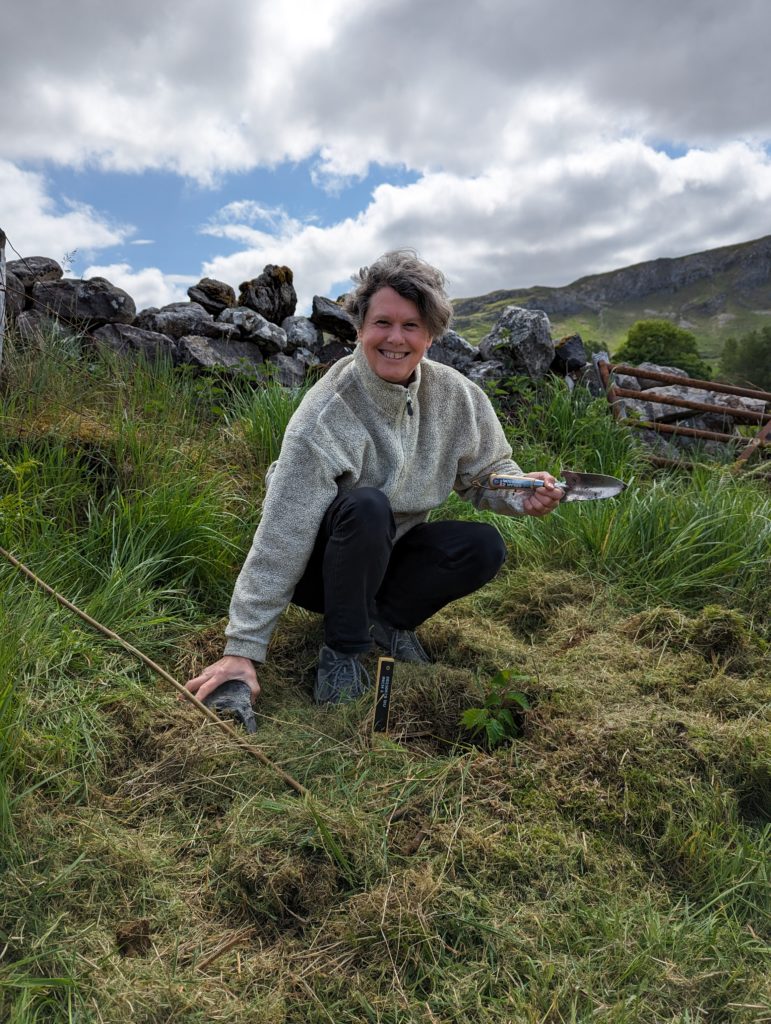
The community day included the planting of four potentially resilient wych elms bred from survivors of disease in the Scottish Borders by the Scottish Plant Recovery project team at the Botanics. The trees joined other locally sourced elms in a new woodland on the north bank of the Traligill. The land was planted six years ago and is the result of Jane Matheson’s passion to restore native woodland. The vigorously growing trees are already providing a rich habitat and the carpet of bluebells across the rising ground is good evidence that the land was once woodland.
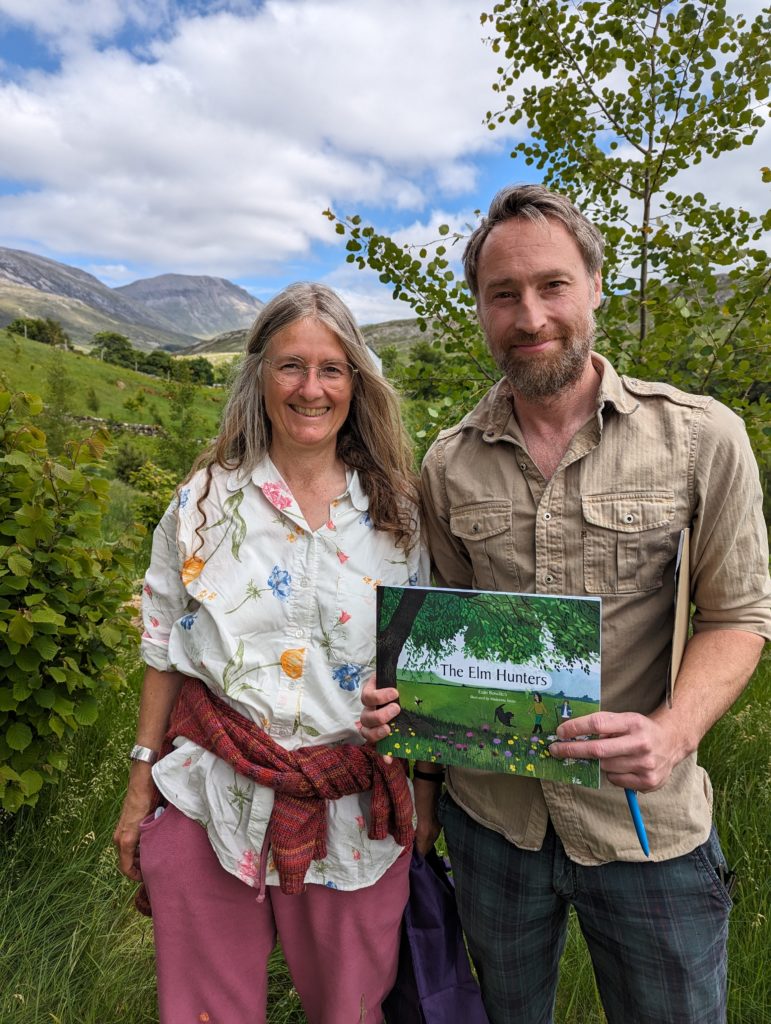
A highlight of the day was Euan Bowditch’s first public reading of his children’s book The Elm Hunters that has been written as part of a University of the Highlands and Islands fellowship with the Royal Botanic Garden Edinburgh. Two young girls and their dog set off on a quest to find the rarest of all trees – an elm that has survived Dutch elm disease…
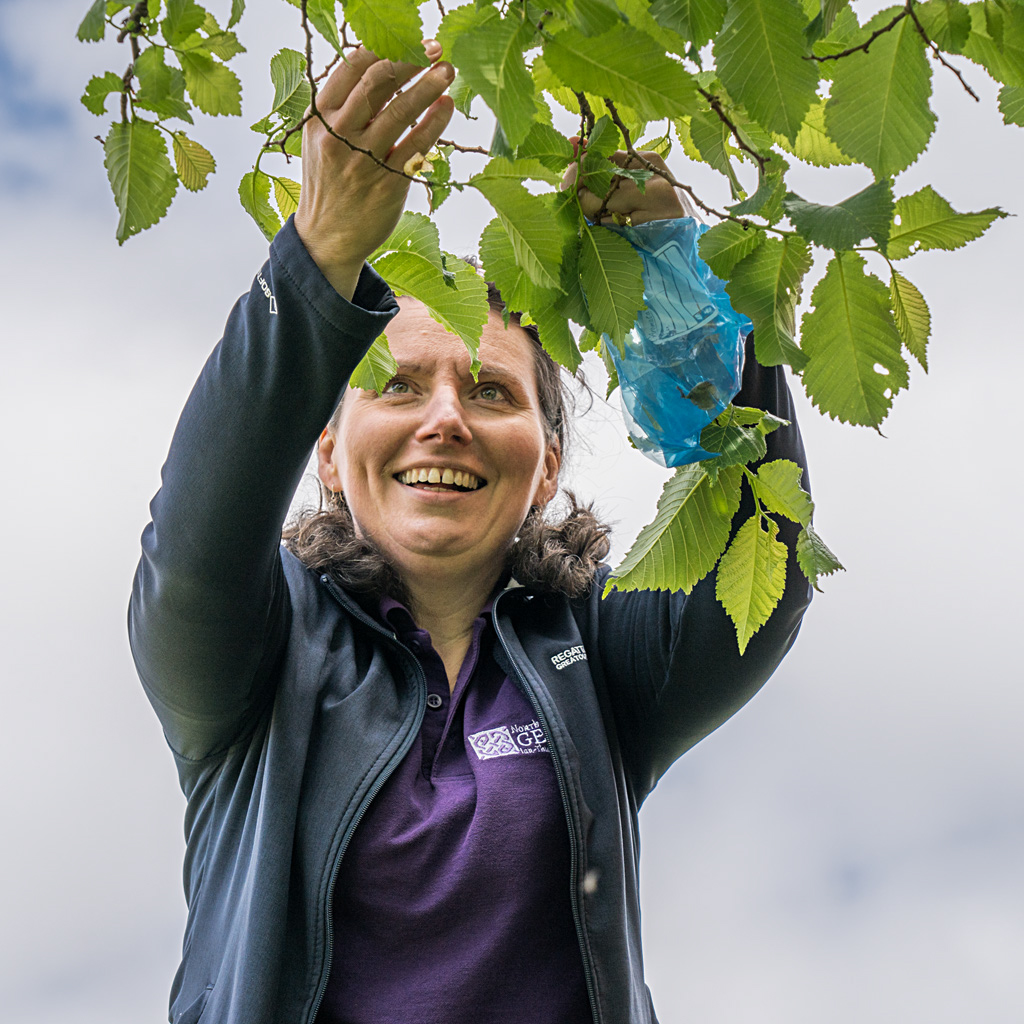
Visitors were treated to an impressive array of cakes, sold in aid of Macmillan Cancer Support, and could participate in various activities, including elm seed collecting along the Traligill, face painting, leaf printing, a butterfly treasure hunt and a display about the local geology provided by the Geopark.
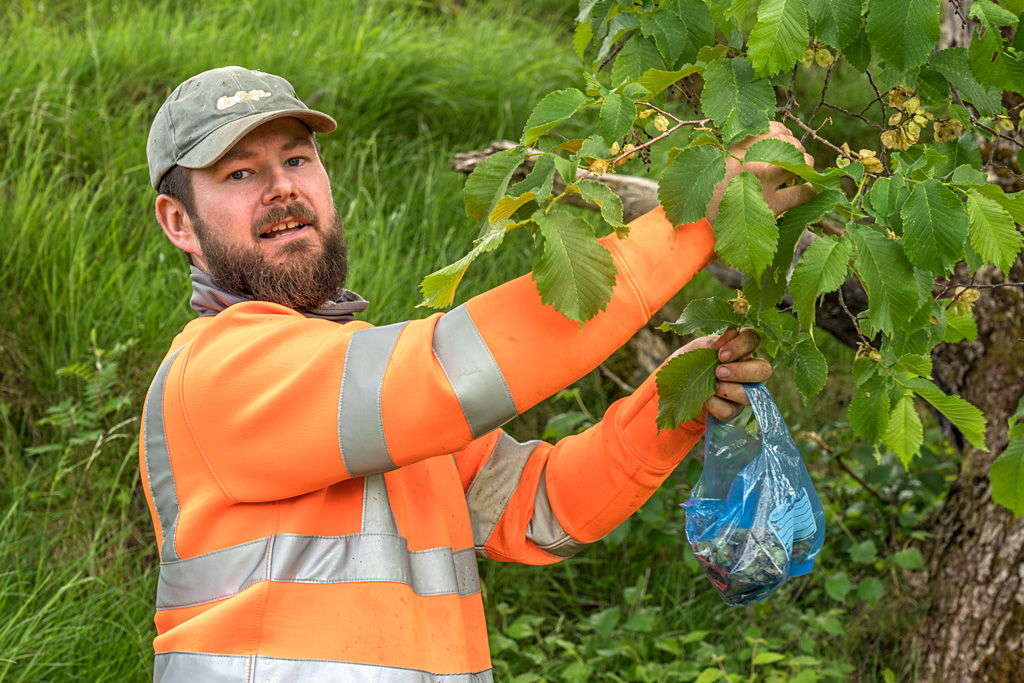
The connection of botany and geology was enhanced by some local folklore. The Traligill gets its curious name from the caves along the length of the burn where the rumbling sound of the water in the bowels of the earth is said to be the sound of trolls living underground. Mandy Haggith, writer and local champion for the elms, told me about her favourite elm, known as the Troll Tree, that grows perched on a cliff above a particularly vocal cave mouth. Next time I’m in Assynt I look forward to hearing what this particular Troll has to say. I’m sure it will approve of all the efforts being made to save the wych elms of the Traligill.
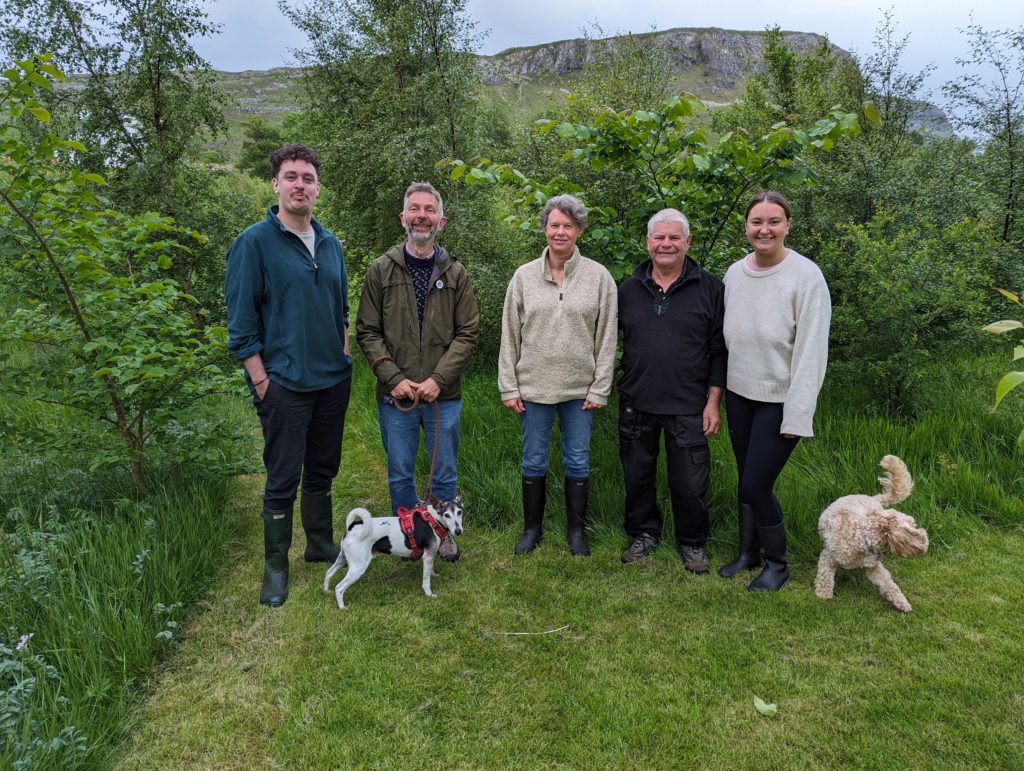


- X @TheBotanics
- X @nature_scot
- X and Facebook @ScotGovNetZero
- Facebook @NatureScot
- #NatureRestorationFund
